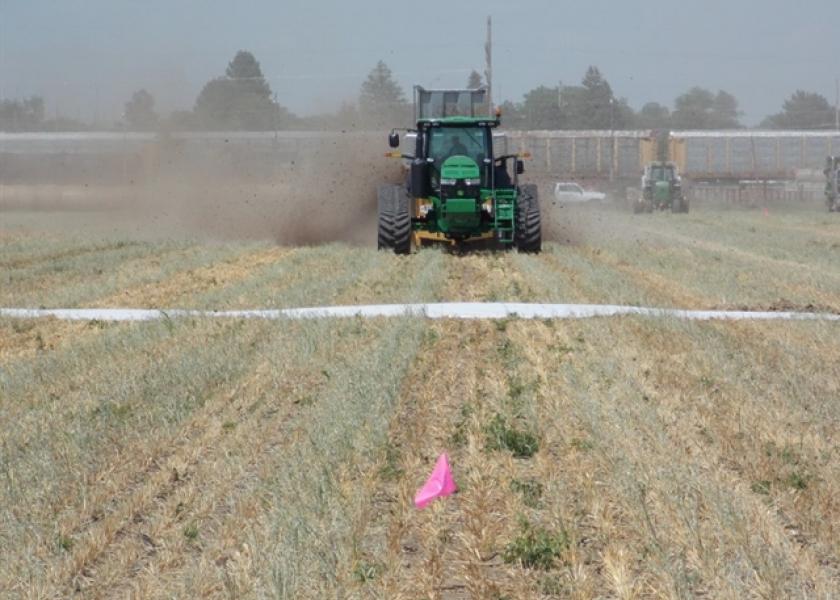Now's The Time to Revisit Your Nutrient Management Plan

With crops coming off the fields farmers across the country are preparing to or have already started fall manure applications. Four pieces of your nutrient management plan should be revisited at least annually to make the most from the manure nutrients and reduce off site impact, according to Cornell nutrient management Extension specialist, Karl Czymmek. “Revisiting the nutrient management plan before significant spreading is the thing to do,” he says, “ideally, long before spreading.” 
Check Land Base Manure rates should be based on matching manure nutrients with crop needs. This means it is important to have enough spreadable acreage to accept the manure generated by the herd. If herd size has grown since last year, it’s important to note that additional acres may be needed to be in compliance with state and federal laws. “An adequate land base is an important risk management tool, all farms, especially larger ones should make sure they’ve got their i‘s doted and t’s crossed in terms of having a land base for all their manure as a way to help keep their business viable down the road,” Czymmek says.
Test Manure Samples It sounds basic, but it’s important to take a representative manure sample of each manure source at least once every year so you know its nutrient makeup and can make decisions accordingly. “Book values are a grand average of many samples. Manure from any one farm is not likely to be ‘average’.” According to Czymmek, “Testing manure ensures that target rates are not resulting in significant under or over-application in relation to crop needs.”
Test Soil Similar to manure, it’s important to have current soil test results for each field. Many farms soil test annually, and at least every two to three years is a minimum. “Treat manure like a resource,” he says. “Know what the soil needs to grow the crops that you’re growing and the nutrient content of the manure to know the application rate needed so that crops meet their full potential.”
Inform Applicators Having a nutrient management plan does no good if the entire team doesn’t know what it says. “All the applicators need to know the target rate, target fields, and the gear or speed to operate to achieve the target rates,” he says. “They also need to know setback locations if those are required by regulations.”
Czymmek says if you aren’t able to revisit all these things with your field team before fall application it’s important to take a look at your plan over the winter when things slow down. Czymmek reflects, “In my observation, farms that take their nutrient management plan seriously are able get as good or better crops with lower input costs than the competition.” Is your farm missing an opportunity?







